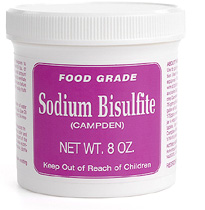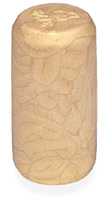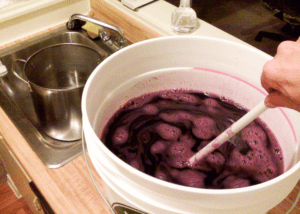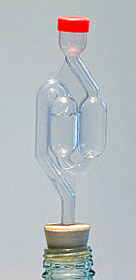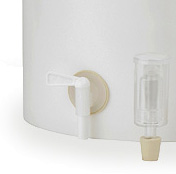 Part of learning how to make your own wine is mastering the process of racking. Racking means to transfer the wine or must from one fermenter to the next so as to leave any sediment behind. This process usually needs to be done once or twice with the wine brewing and at least once before you bottle.
Part of learning how to make your own wine is mastering the process of racking. Racking means to transfer the wine or must from one fermenter to the next so as to leave any sediment behind. This process usually needs to be done once or twice with the wine brewing and at least once before you bottle.
If you have one of our plastic fermenters with a faucet at the bottom, racking is simple. Just attach our 3/8″ vinyl hose to the spigot and turn it on with the hose leading to the next fermenter. The faucet is away from the bottom of the plastic fermenter so as to not draw sediment.
As you get to the end of the wine or must you can tilt the fermenter to get the last bit of wine. The sediment should stay fairly well stuck to the bottom.
If you don’t have this kind of setup or are racking from glass jugs or similar, you will need to start a siphon with some vinyl hose. There are a few ways you can go about getting the siphon started.
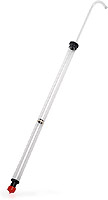
- You can suck on the end of the hose to get is started, just like siphoning gas (yuk).
- You can fill (prime) the hose with water from the sink, then discard the first cup or so of the siphon (hassle).
- You can put as much of the hose into the wine as possible and then put your thumb over the end to create a vacuum. Pull out the hose and stick the end with your thumb into the next vessel (messy).
- You can get one of our Siphon Kits that allows you to start the siphon from gallon jugs or glass carboys by blowing into a tube.
- You can get The Auto Siphon. This starts the siphon by pumping it slowly, one-time, kind of like a bicycle tire pump.
———————————————————————————————————
Ed Kraus is a 3rd generation home brewer/winemaker and has been an owner of E. C. Kraus since 1999. He has been helping individuals make better wine and beer for over 25 years.

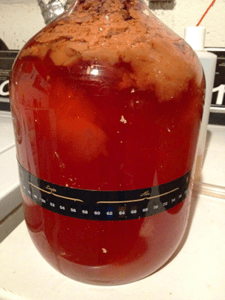

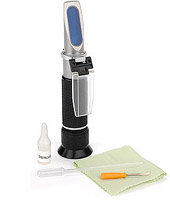
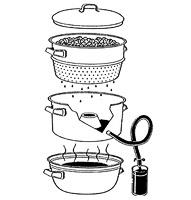
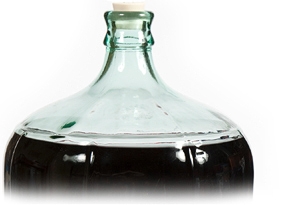 Help,
Help,